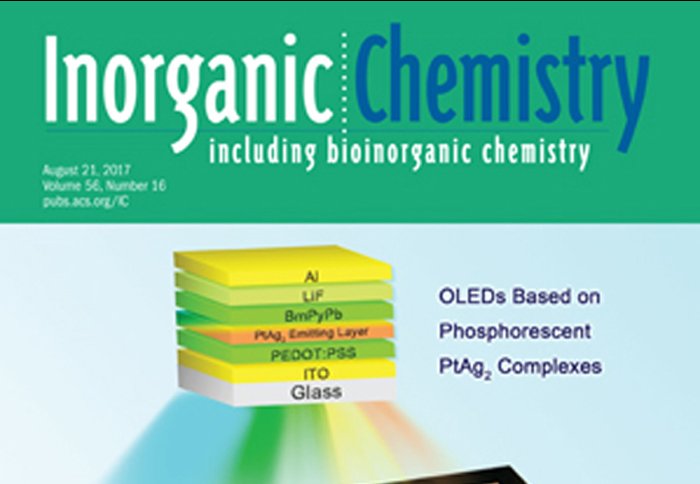Aug 2017 - Article in Inorganic Chemistry Published

A paper detailing the use of well-defined 3d-4f cluster compounds as dual-centre Lewis acid catalysts for Michael addition reactions is published
Kieran Griffiths, Athanassios C. Tsipis, Prashant Kumar, Oliver P. E. Townrow, Alaa Abdul-Sada, Geoffrey R. Akien, Amgalanbaatar Baldansuren, Alan C. Spivey, and George E. Kostakis*, ‘3d/4f Coordination Clusters as Cooperative Catalysts for Highly Diastereoselective Michael Addition Reactions’, Inorg. Chem., 2017, 56, 9563–9573 DOI: 10.1021/acs.inorgchem.7b01011
Michael addition (MA) is one of the most well studied chemical transformation in synthetic chemistry. Here, we report the synthesis and crystal structures of a library of 3d/4f coordination clusters (CCs) formulated as [ZnII2YIII2L4(solv)X(Z)Y] and study their catalytic properties toward the MA of nitrostyrenes with barbituric acid derivatives. Each CC presents two borderline hard/soft Lewis acidic ZnII centers and two hard Lewis acidic YIII centers in a defect dicubane topology that brings the two different metals into a proximity of ∼3.3 Å. Density functional theory computational studies suggest that these tetrametallic CCs dissociate in solution to give two catalytically active dimers, each containing one 3d and one 4f metal that act cooperatively. The mechanism of catalysis has been corroborated via NMR, electron paramagnetic resonance, and UV–vis. The present work demonstrates for the first time the successful use of 3d/4f CCs as efficient and high diastereoselective catalysts in MA reactions.
Article text (excluding photos or graphics) © Imperial College London.
Photos and graphics subject to third party copyright used with permission or © Imperial College London.
Reporter
Professor Alan C Spivey
Department of Chemistry